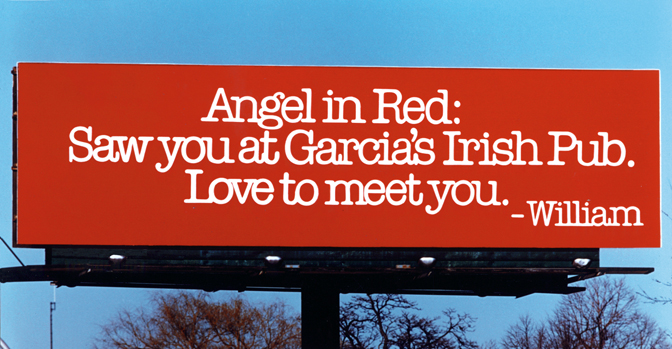In his article "The X Factor: Why banners fail" Sean X. Cummings shares some valid theories on why our sidebar 160x600 ads get better click-through rates than the 728x90 located at the top of the page.
From the article:
One of the greatest failings of the banner format is that it is peripheral to the content and not interruptive.
We all evolved as predators. Why is that relevant? Predators evolved with peripheral vision that picks up movement better than what's right in front of you. Their peripheral vision picks up ticks in movement and changes in speed better than smooth, clean movement.
Ah, now you're starting to get it --
Have.
The.
Banner…….[pause]
React.
[pause]
[pause]
[pause] Move. [pounce] Like it's stalking prey.The consumer's eye will instinctively glance to see what it is. Don't be impressed with your smooth, animated banner approved in isolation of the consumer. It looks nicer but will not achieve your main objective: the attention of the consumer.
The technique won't work for every business or every campaign. Sean adds "It's a very effective strategy depending on your business model. An impression does not mean that the consumer ever saw the ad, it just means that the ad server delivered the 'opportunity' to see an ad. Aim for peripheral focus in your ad creation and increase the effectiveness of your campaigns."
He ends the article with line -- which is valuable advise no matter which media you're using. "Don't create ads that annoy us."

